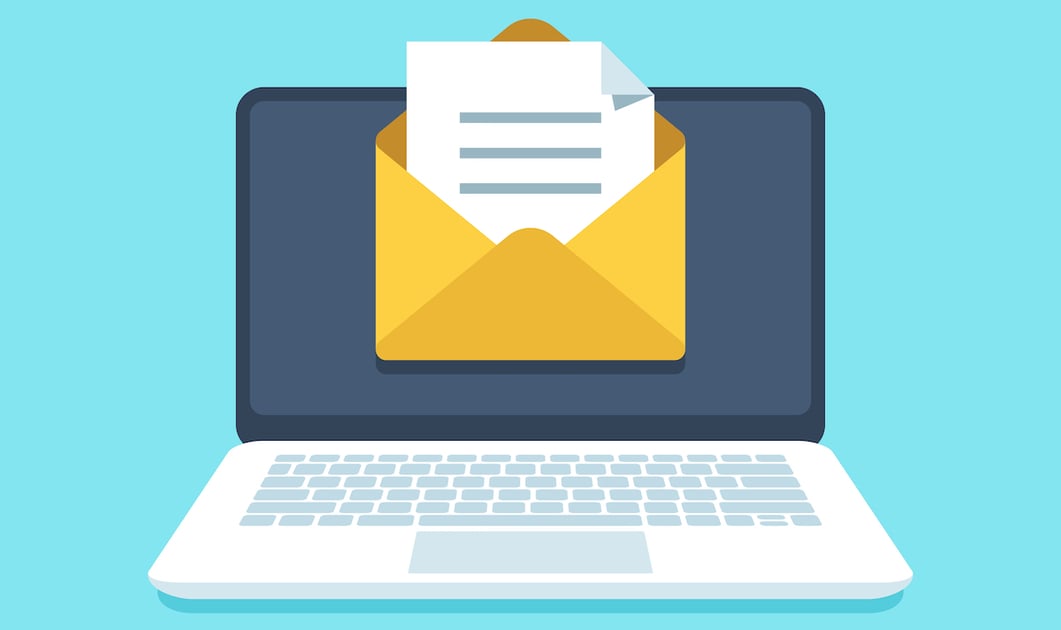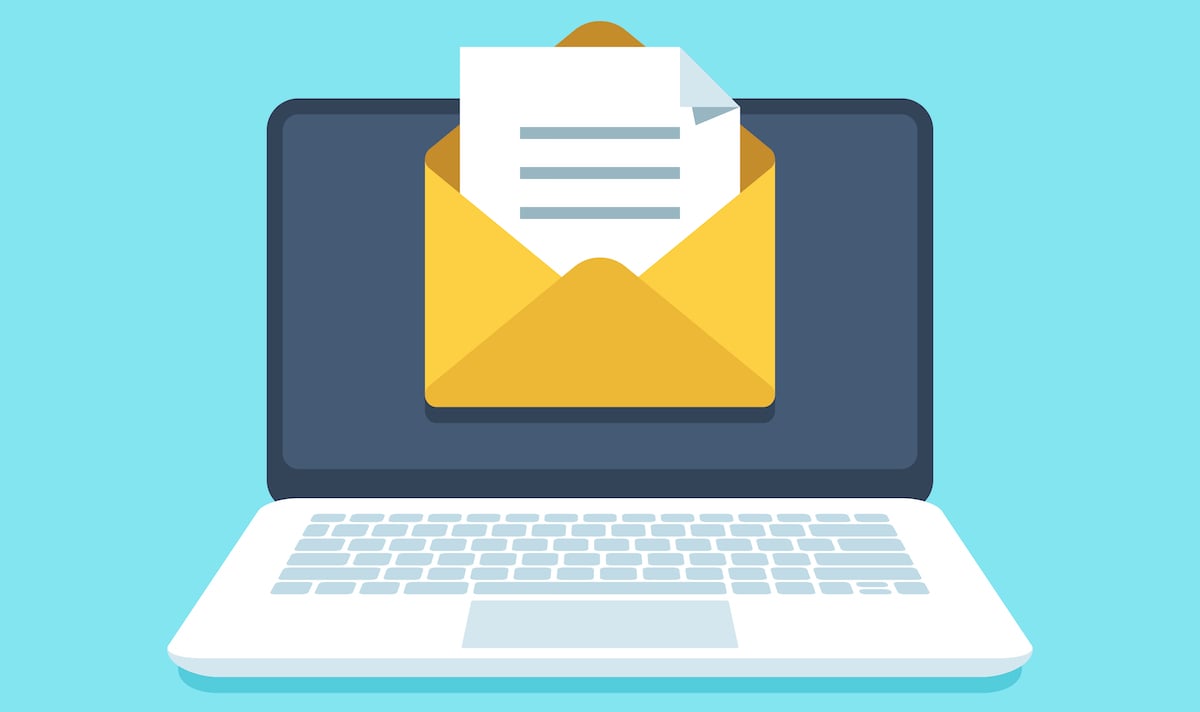


 It’s well established that first impressions are often made within the first 30 seconds of interactions between people. So, try to harness the same kind of positive momentum in your initial communication with every new contact your inbound marketing program generates. A well-crafted welcome email serves as your first outreach to new prospects and can start off your relationships on the right foot.
It’s well established that first impressions are often made within the first 30 seconds of interactions between people. So, try to harness the same kind of positive momentum in your initial communication with every new contact your inbound marketing program generates. A well-crafted welcome email serves as your first outreach to new prospects and can start off your relationships on the right foot.
Your welcome email doesn’t need to be flashy or fancy to be effective. A simple, straightforward, contextual, and friendly welcome can help set expectations and position your company well to build trust with your contacts.
There’s no single “right” way to create a welcome email. Your best email will vary based on your situation, including the content you have available to share, the sources and ways you’re generating contacts, and your customers’ typical buyer journey.
But, regardless of your industry, the vertical markets you serve, or demographics specific to your contacts, a solid plan can help you deliver a satisfying experience — and that coveted great first impression. When setting up a plan for your welcome email, it helps to follow these best practices:
RELATED: HubSpot Email Marketing: Best Practices and Campaigns B2Bs Need to Know
Once you’ve established a plan for your approach, it’s time to develop the actual email content. Keep in mind that when you gathered those email addresses, your contacts took the time and entrusted you with their information; now is your opportunity to deliver on their expectations and deepen that first impression with a solid second interaction. Every detail is important, so craft each element with care:
RELATED: 15 Best Practices to Improve Email Deliverability
After you’ve sent your welcome email, you should monitor its performance and decide whether it makes sense to re-send a welcome message to any contacts who received, but didn’t open, the first send. This is especially important if you’re including an offer or pointing them toward resources tailored to their circumstances.
If you haven’t already set up nurturing workflows for your email lists, now is the right time to think about how you’ll continue to cultivate engagement between contacts and your content, and encourage interaction with your website through content marketing and strategic use of email marketing campaigns. In essence, these workflows map out the path you’ll encourage contacts to follow.
Welcome emails are a great way to set a tone and establish expectations from your first interaction with new subscribers and prospects. Done well, they enable you to position your company as a trusted, helpful resource at the right moment, as your contacts begin their buying journey.
Learn how to get more out of your email marketing with our tip sheet: 10 Ways to Improve Your B2B Email Metrics.
Topics: Lead Nurturing, Email marketing
